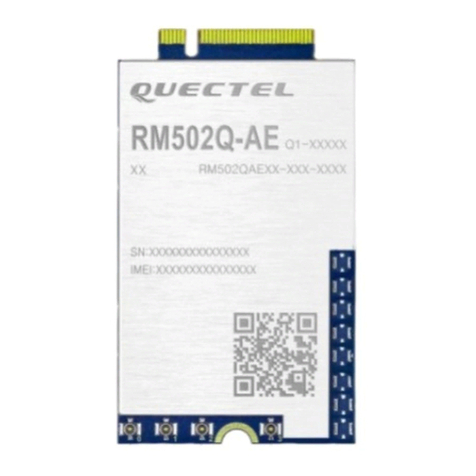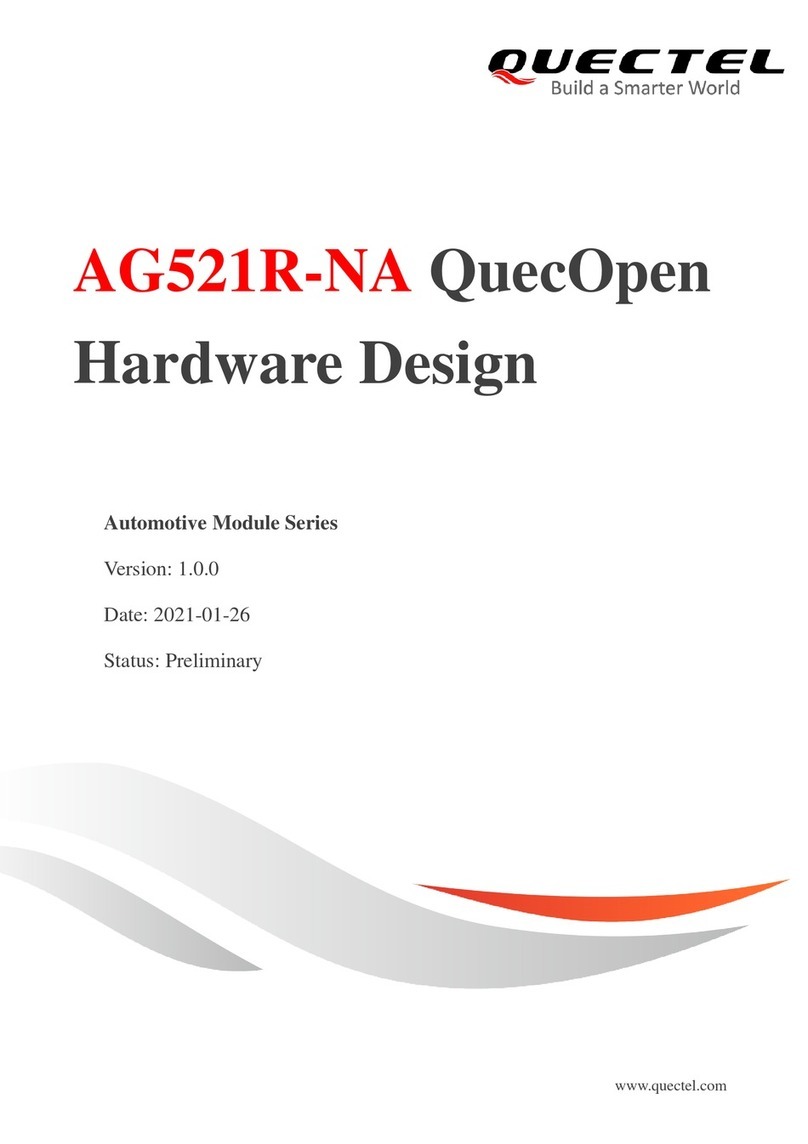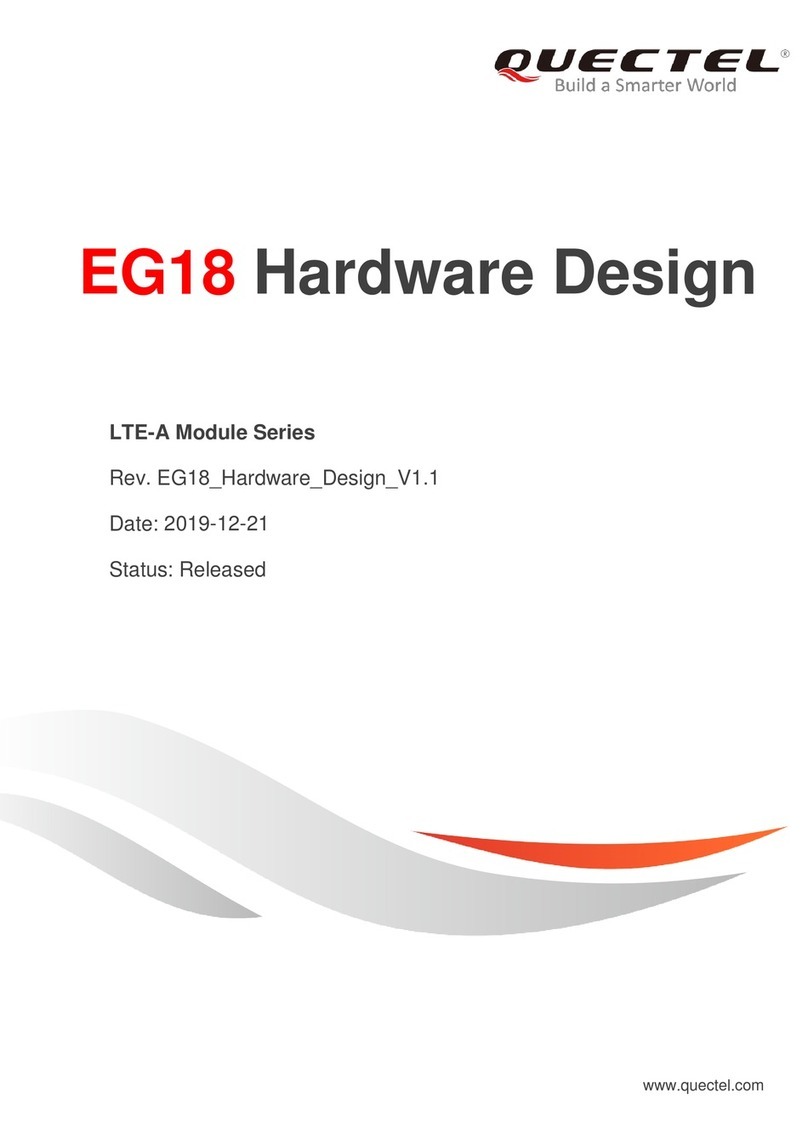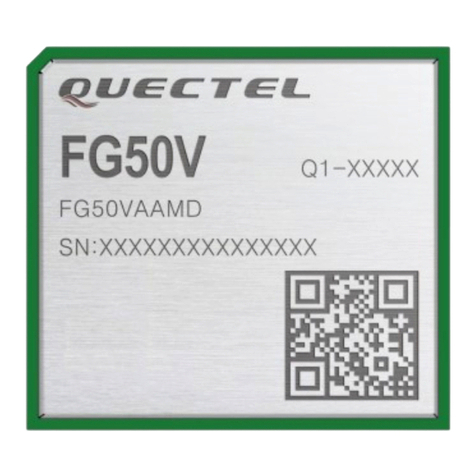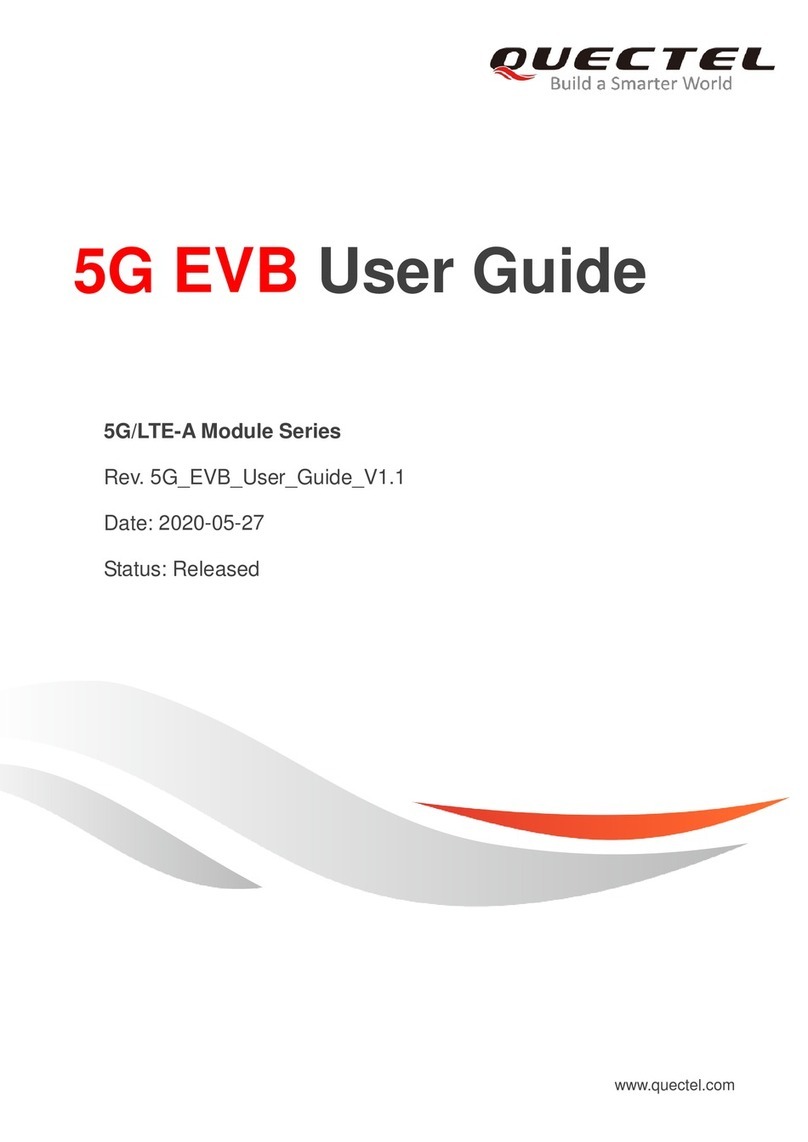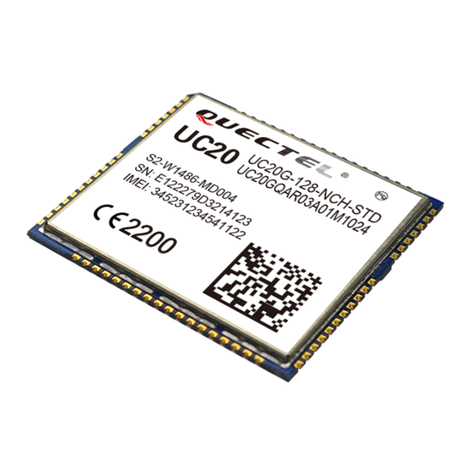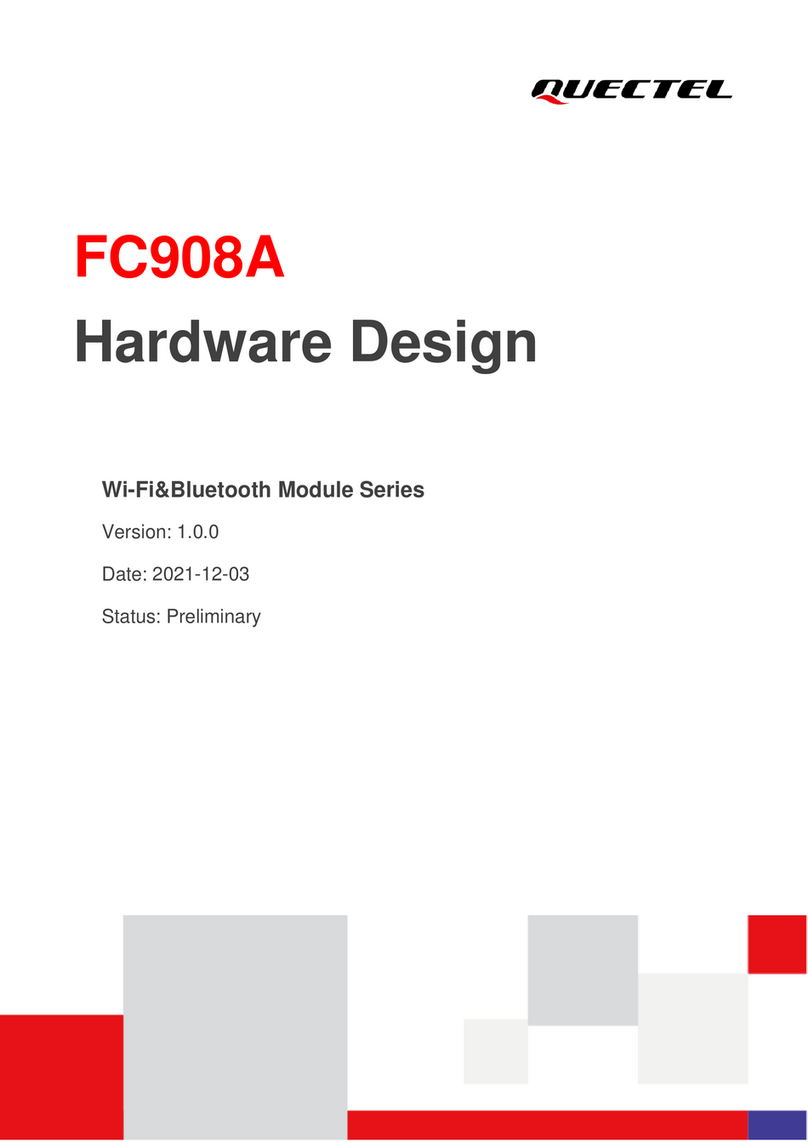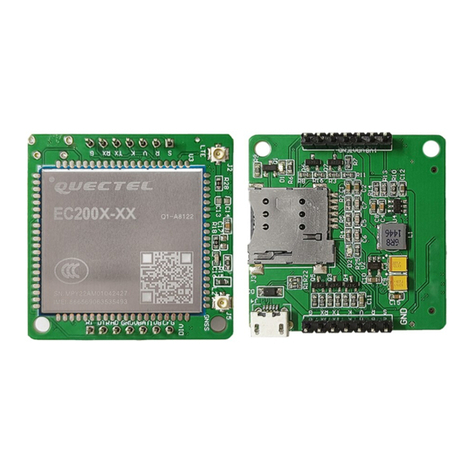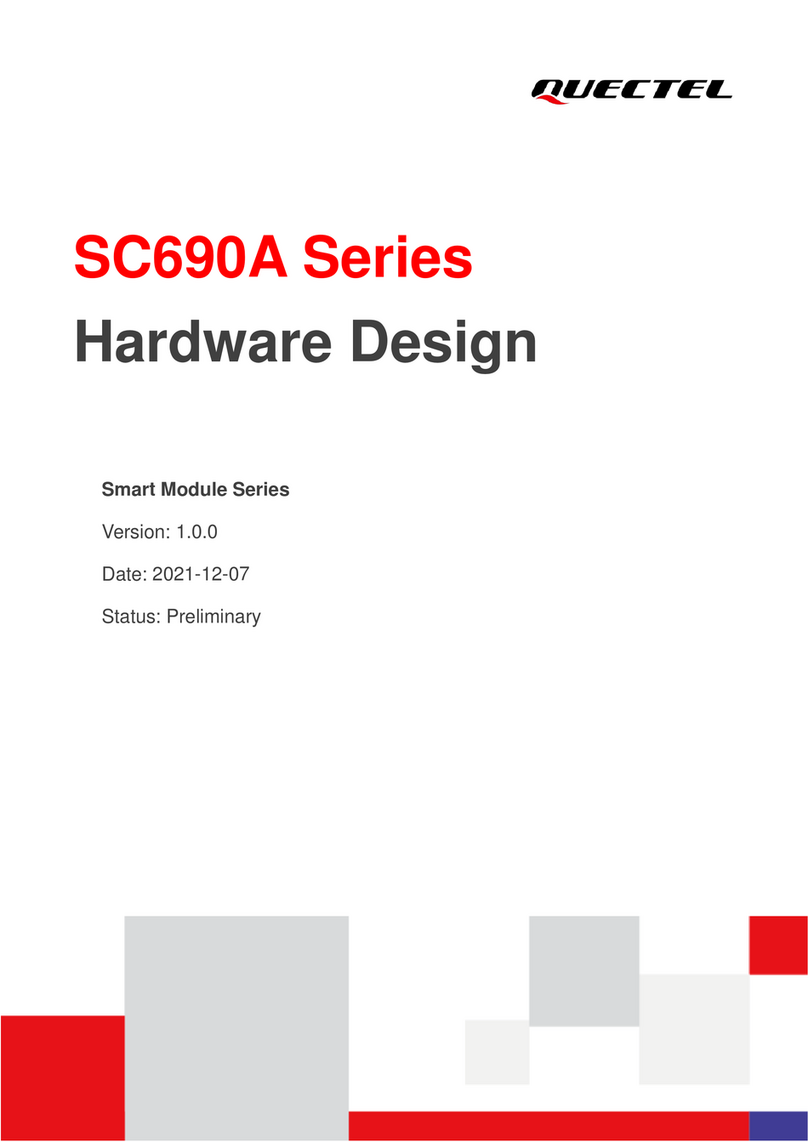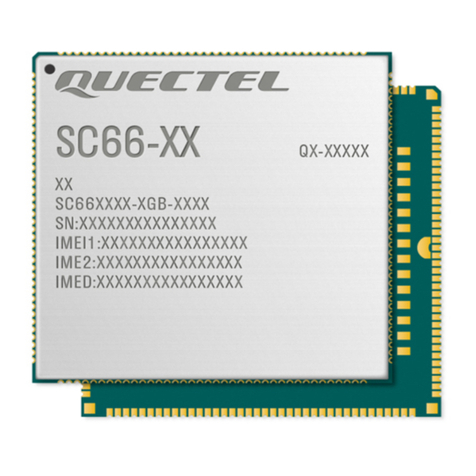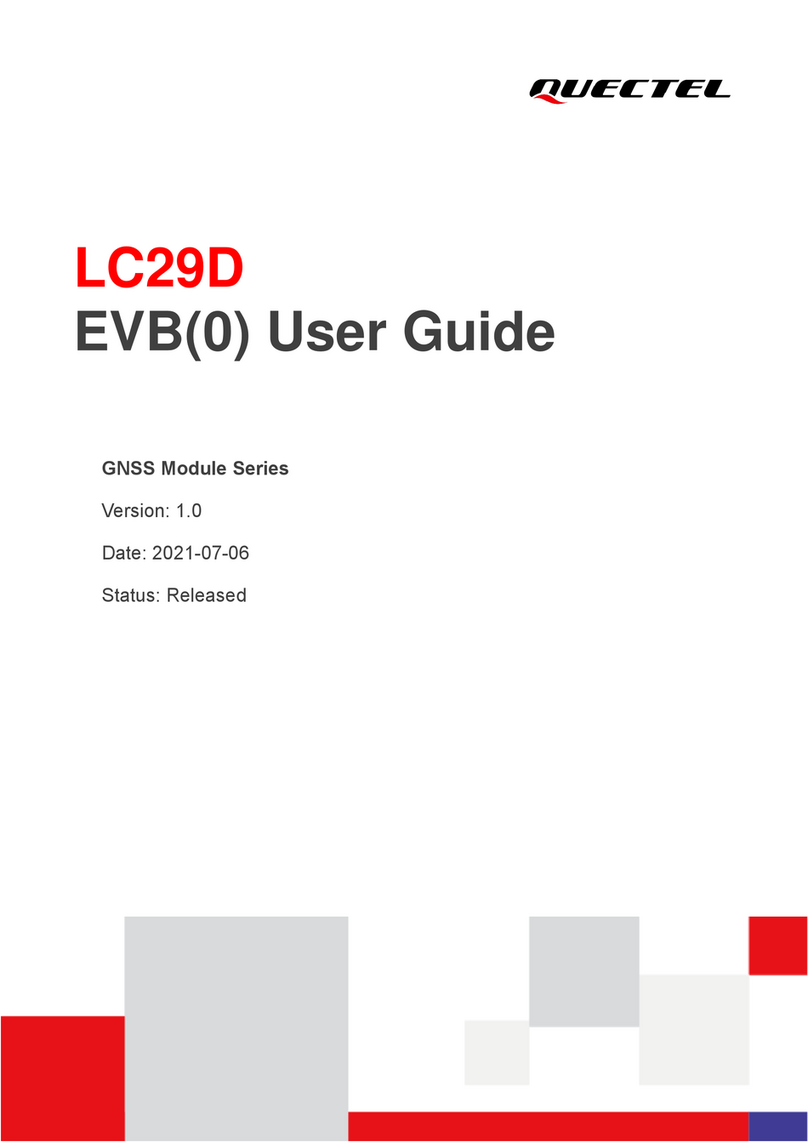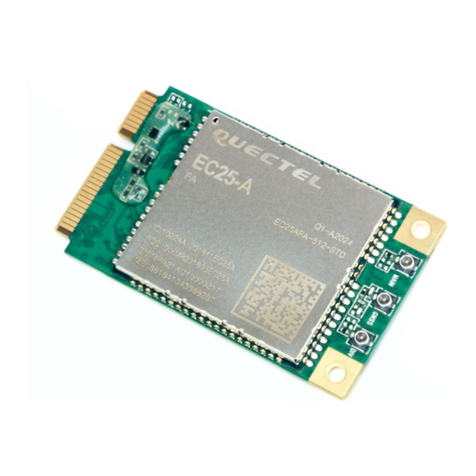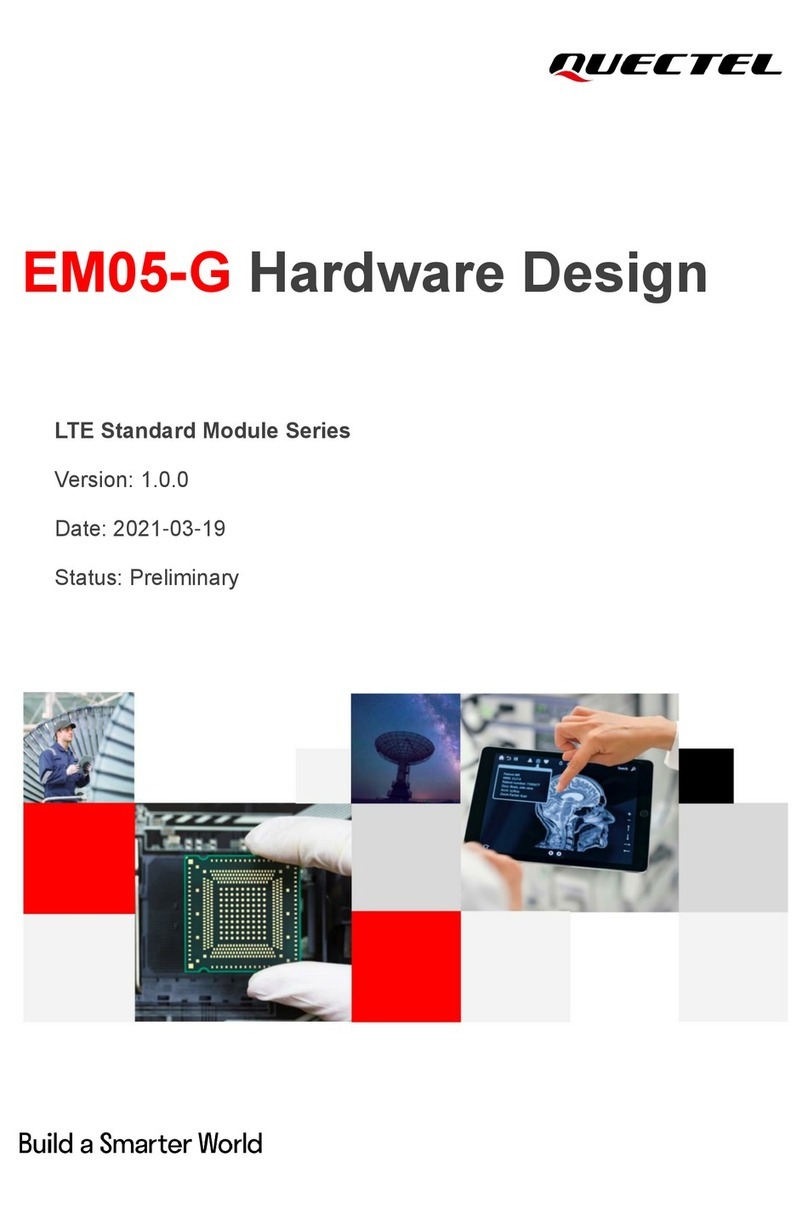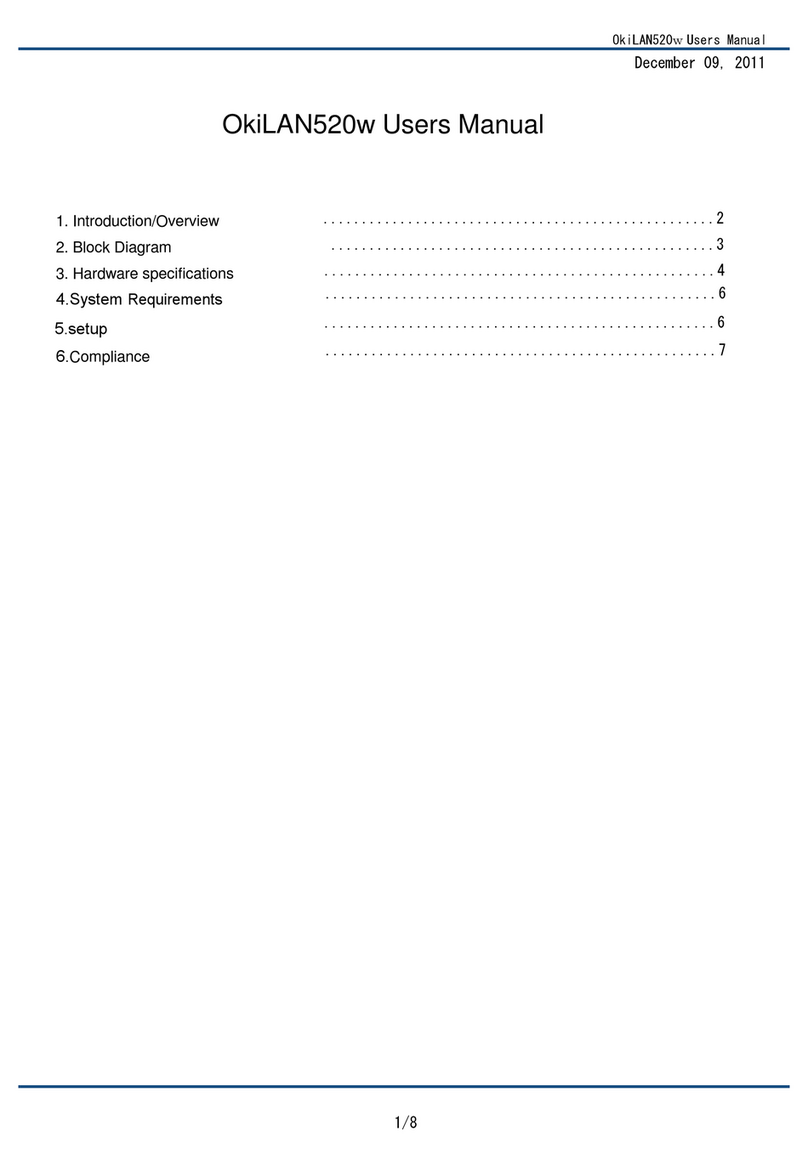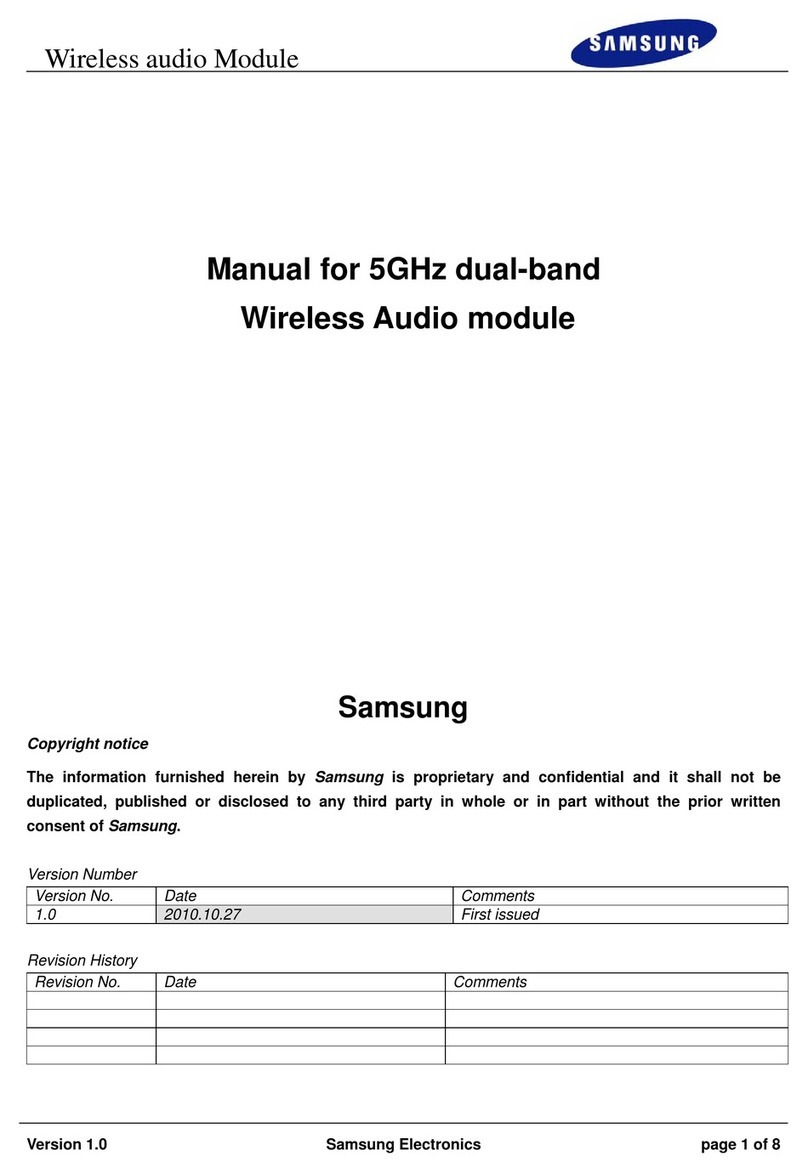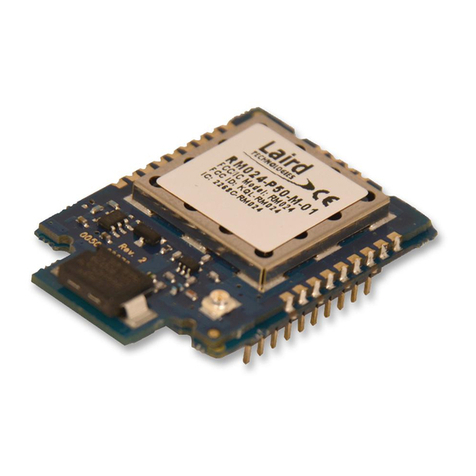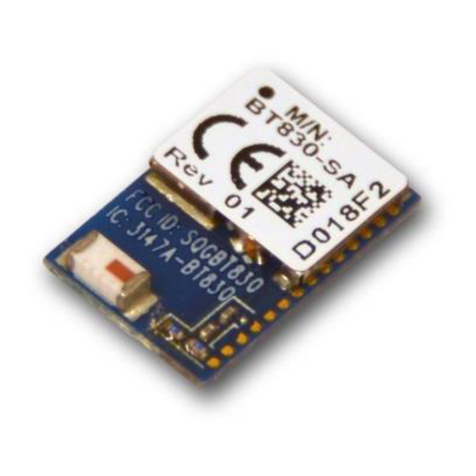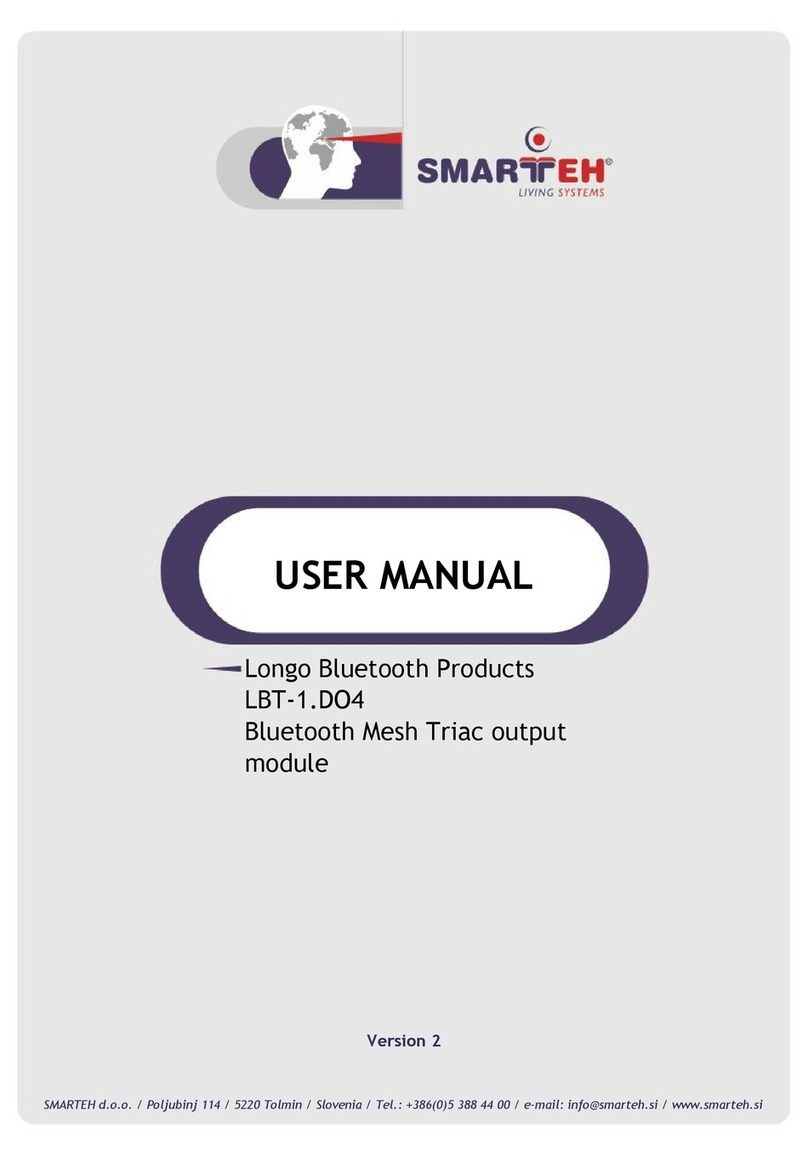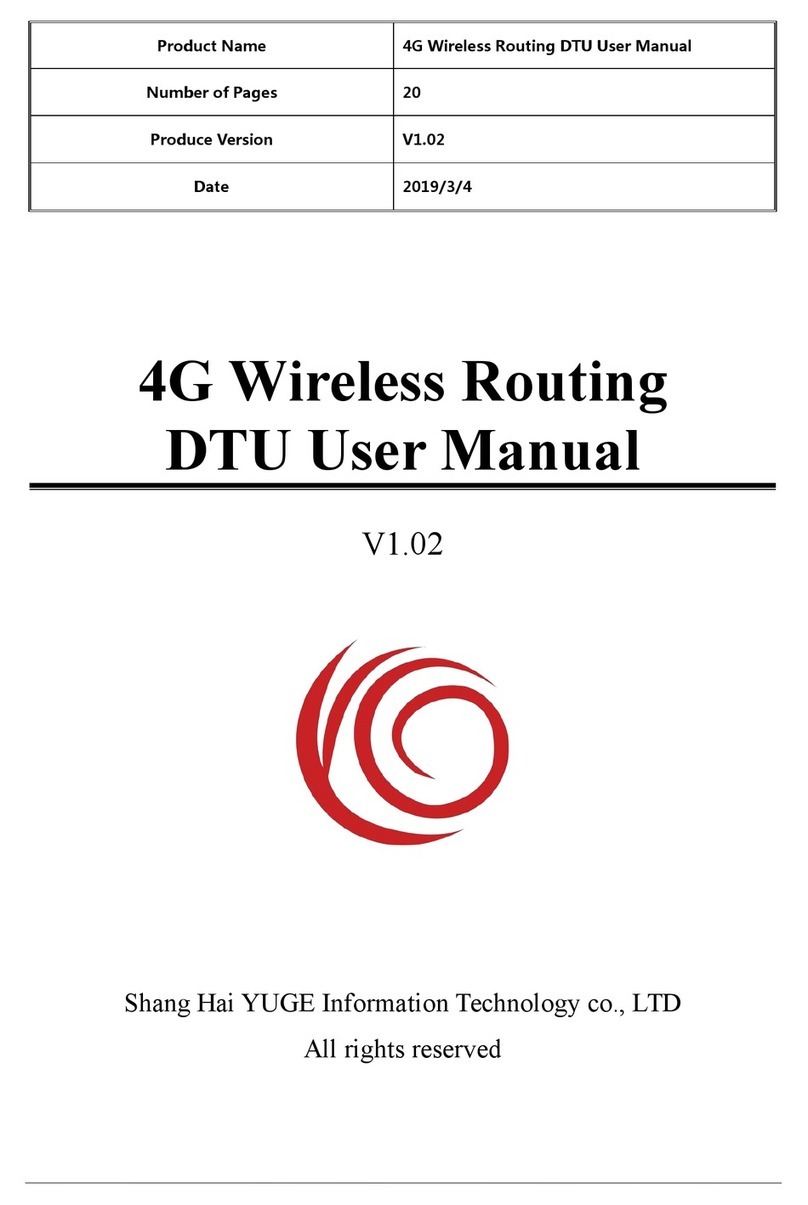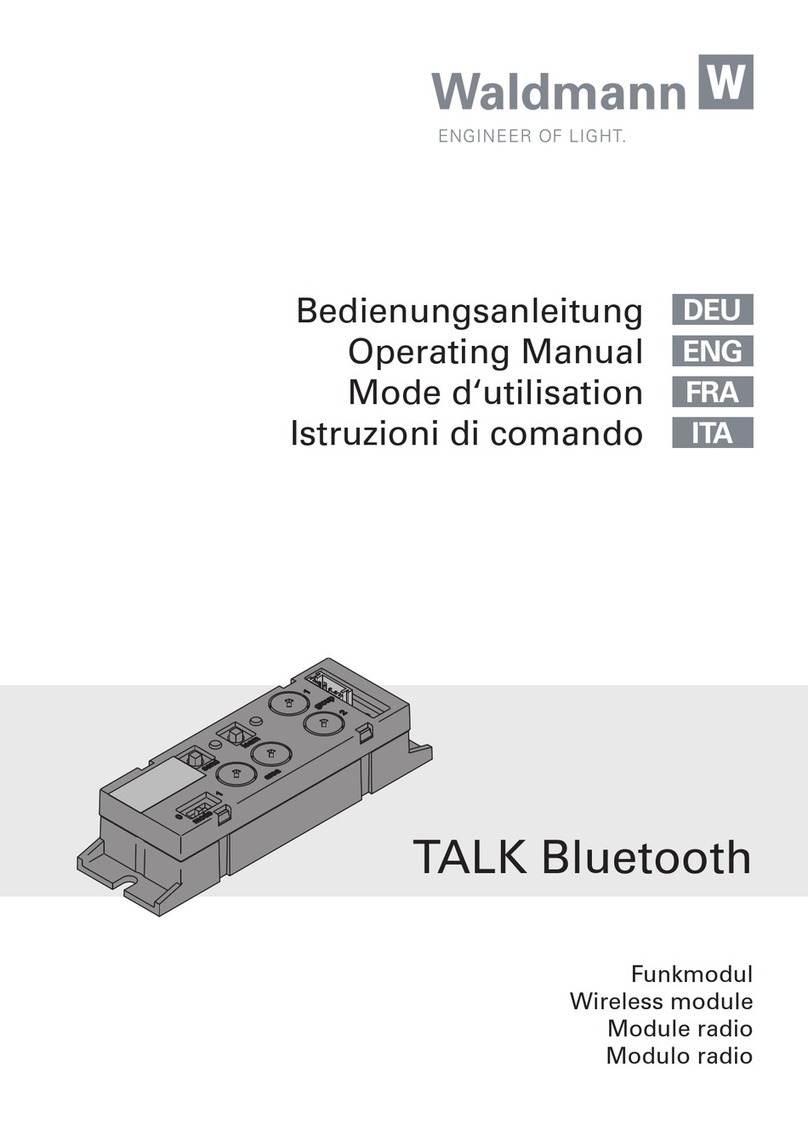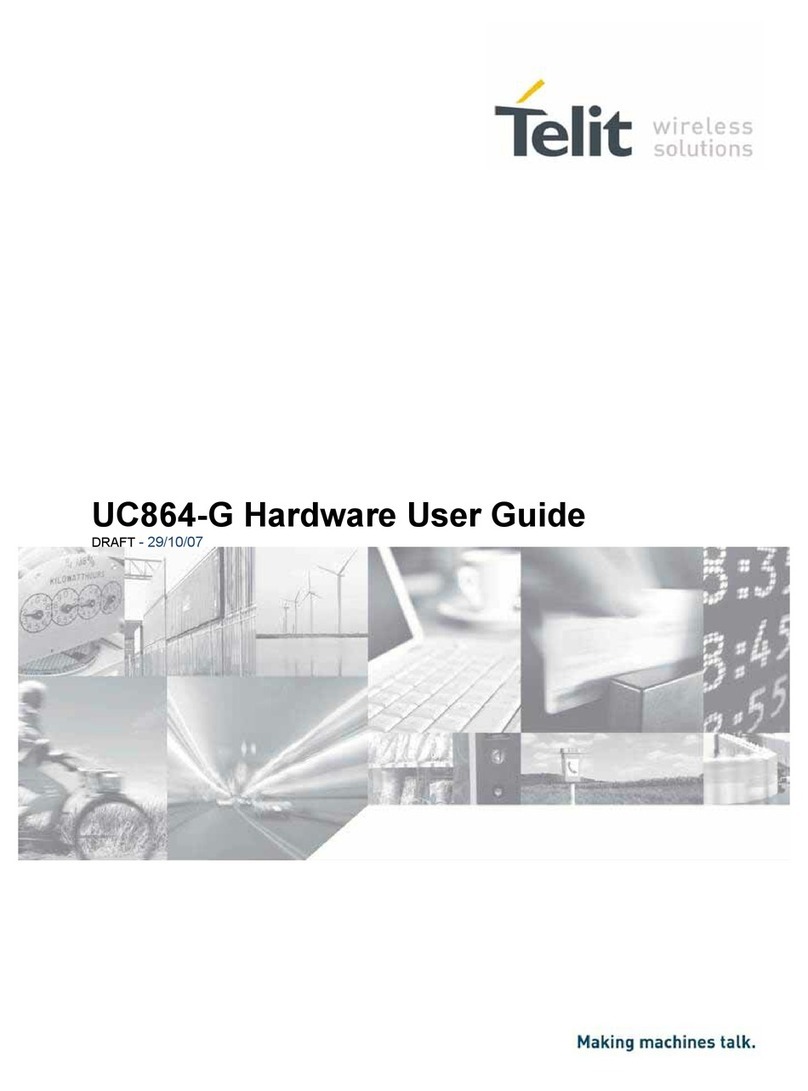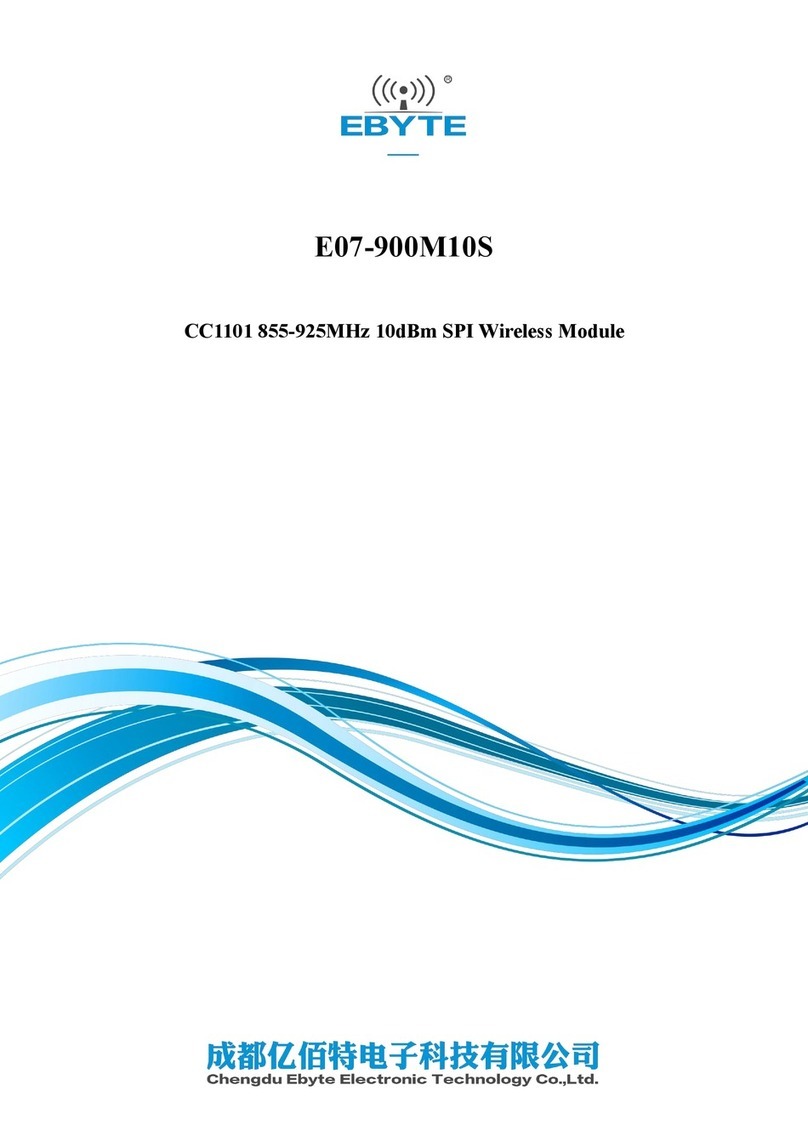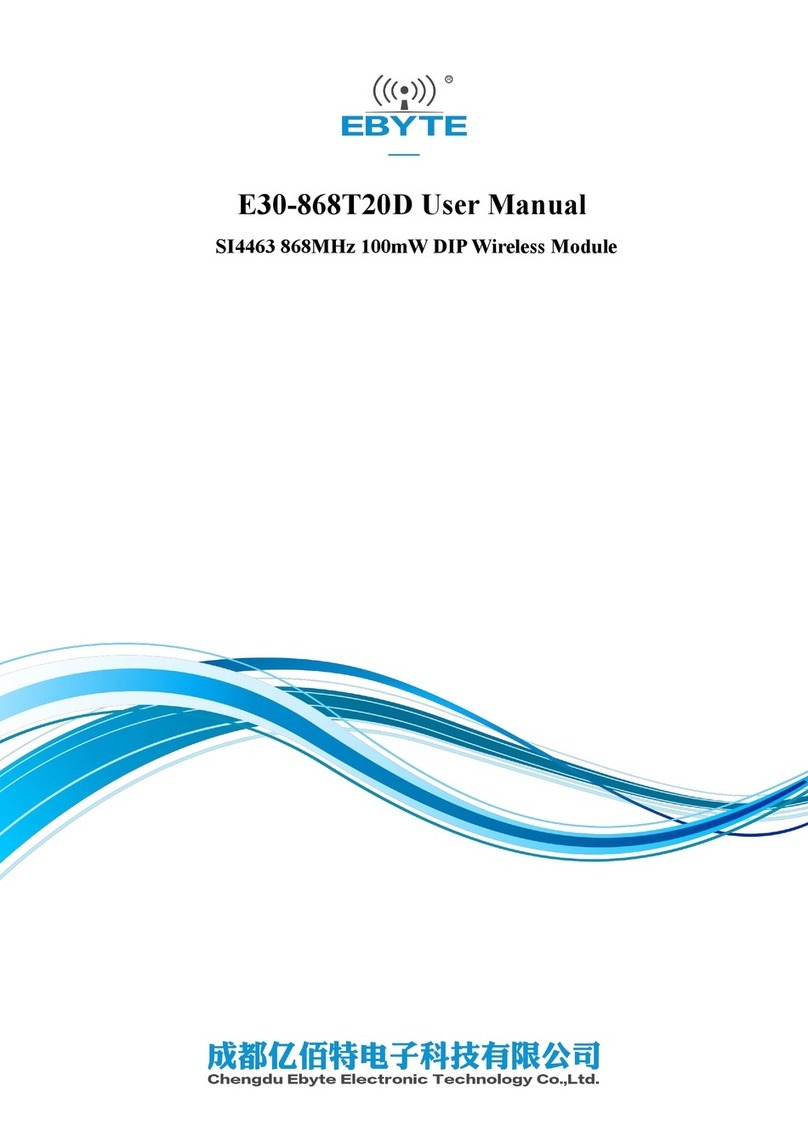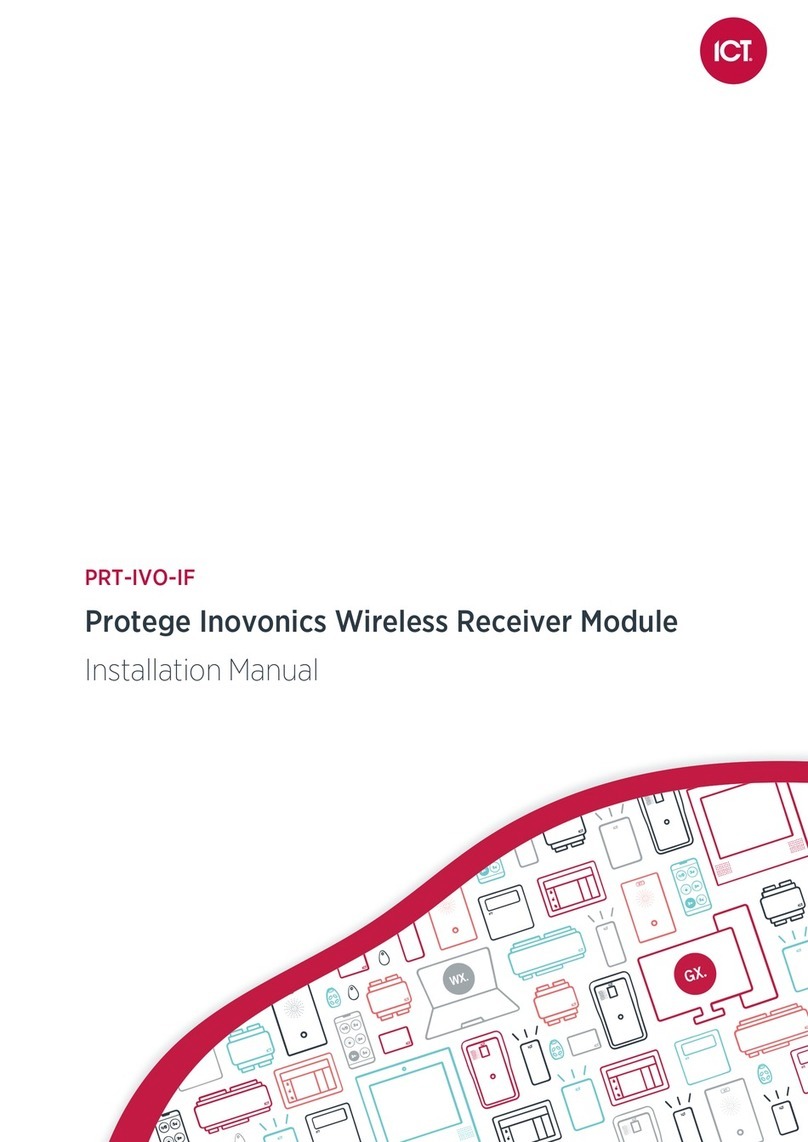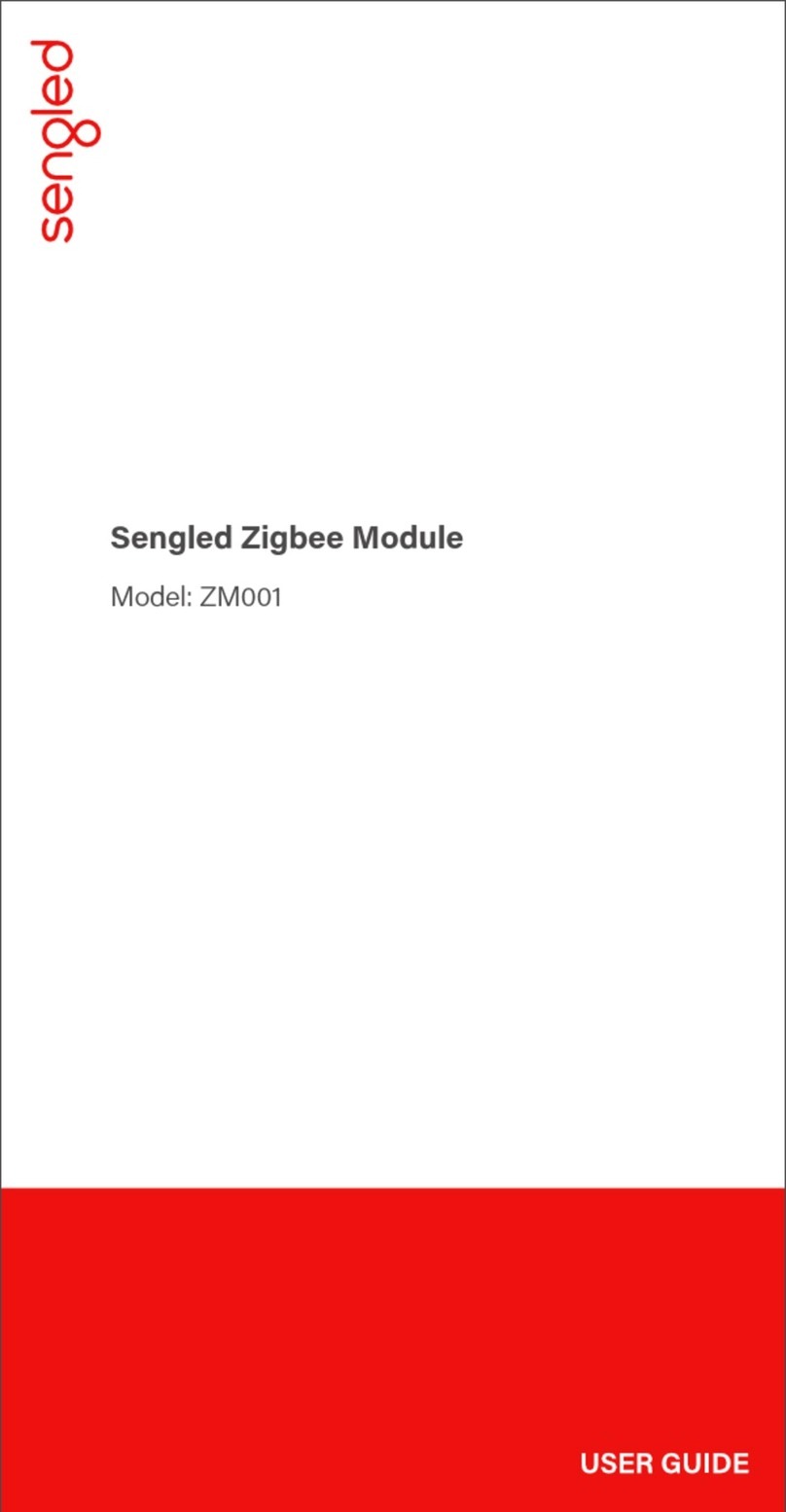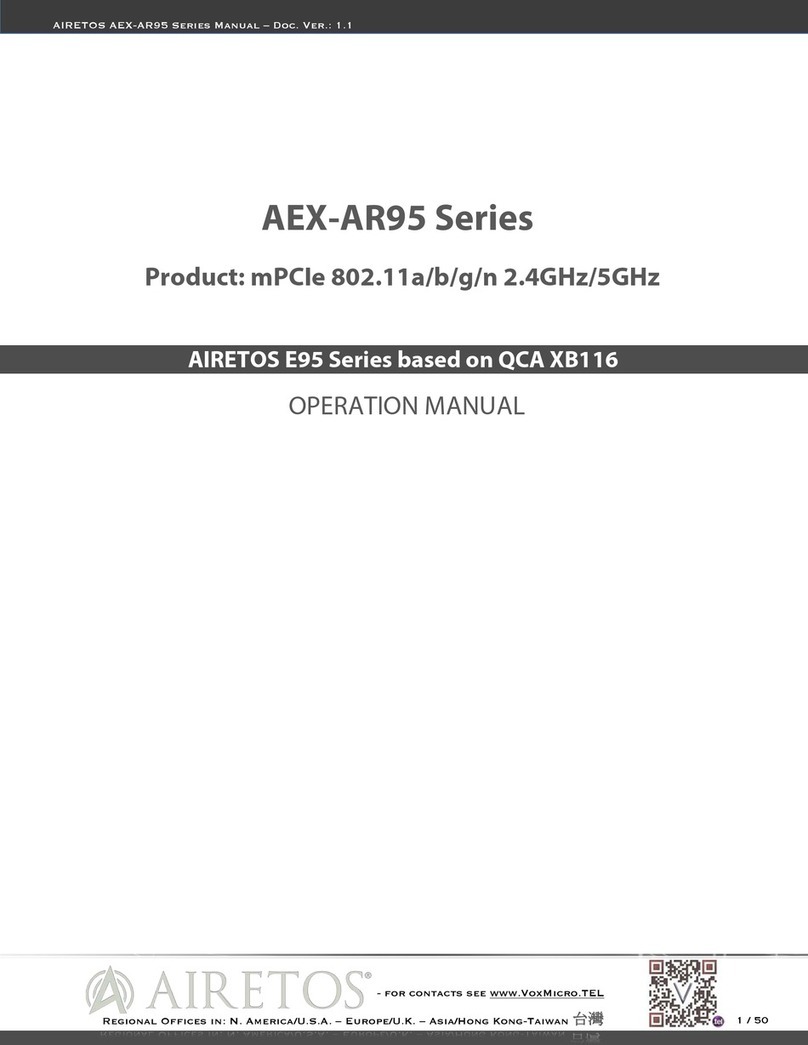LTE Module Series
EG21-G Hardware Design
EG21-G_Hardware_Design 3 / 100
Contents
About the Document................................................................................................................................ 2
Contents.................................................................................................................................................... 3
Table Index ............................................................................................................................................... 5
Figure Index.............................................................................................................................................. 7
1Introduction....................................................................................................................................... 9
1.1. Safety Information................................................................................................................. 10
2Product Concept ............................................................................................................................. 11
2.1. General Description ...............................................................................................................11
2.2. Key Features.........................................................................................................................12
2.3. Functional Diagram............................................................................................................... 14
2.4. Evaluation Board................................................................................................................... 15
3Application Interfaces..................................................................................................................... 16
3.1. General Description .............................................................................................................. 16
3.2. Pin Assignment ..................................................................................................................... 17
3.3. Pin Description......................................................................................................................18
3.4. Operating Modes ..................................................................................................................26
3.5. Power Saving........................................................................................................................27
3.5.1. Sleep Mode..................................................................................................................27
3.5.1.1. UART Application...............................................................................................27
3.5.1.2. USB Application with USB Remote Wakeup Function ....................................... 28
3.5.1.3. USB Application with USB Suspension/Resume and RI Function .....................29
3.5.1.4. USB Application without USB Suspension Function ..........................................30
3.5.2. Airplane Mode.............................................................................................................. 30
3.6. Power Supply........................................................................................................................31
3.6.1. Power Supply Pins.......................................................................................................31
3.6.2. Decrease Voltage Drop................................................................................................ 32
3.6.3. Reference Design for Power Supply............................................................................33
3.6.4. Monitor the Power Supply............................................................................................ 33
3.7. Power-on and off Scenarios..................................................................................................34
3.7.1. Turn on Module Using the PWRKEY ........................................................................... 34
3.7.2. Turn off Module............................................................................................................ 35
3.7.2.1. Turn off Module Using the PWRKEY Pin ........................................................... 36
3.7.2.2. Turn off Module Using AT Command .................................................................36
3.8. Reset the Module..................................................................................................................36
3.9. (U)SIM Interface.................................................................................................................... 38
3.10. USB Interface........................................................................................................................40
3.11. UART Interfaces.................................................................................................................... 42
3.12. PCM and I2C Interfaces........................................................................................................ 44
3.13. SD Card Interface ................................................................................................................. 46
3.14. ADC Interfaces...................................................................................................................... 48
3.15. Network Status Indication .....................................................................................................49
3.16. STATUS ................................................................................................................................ 50
